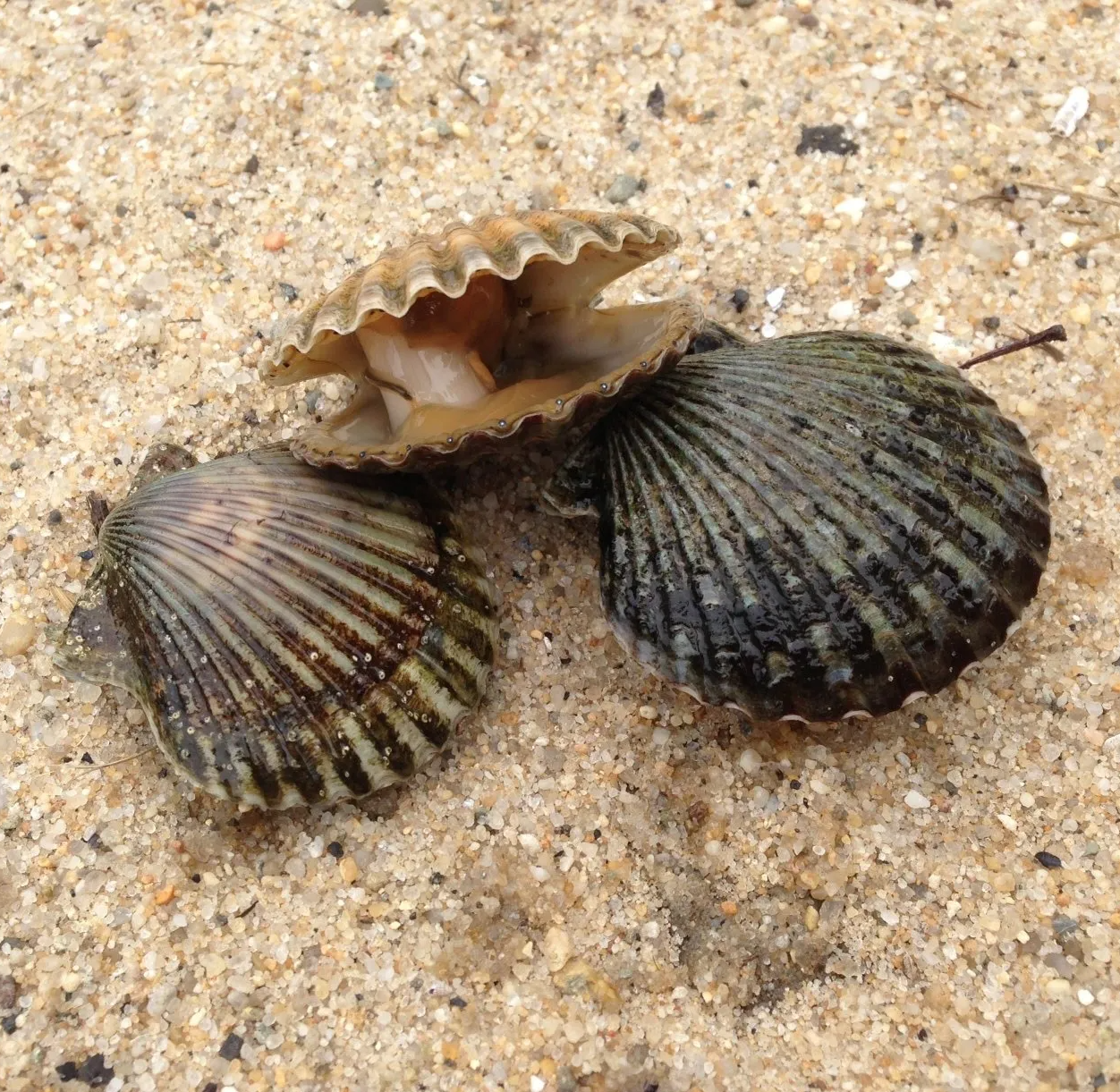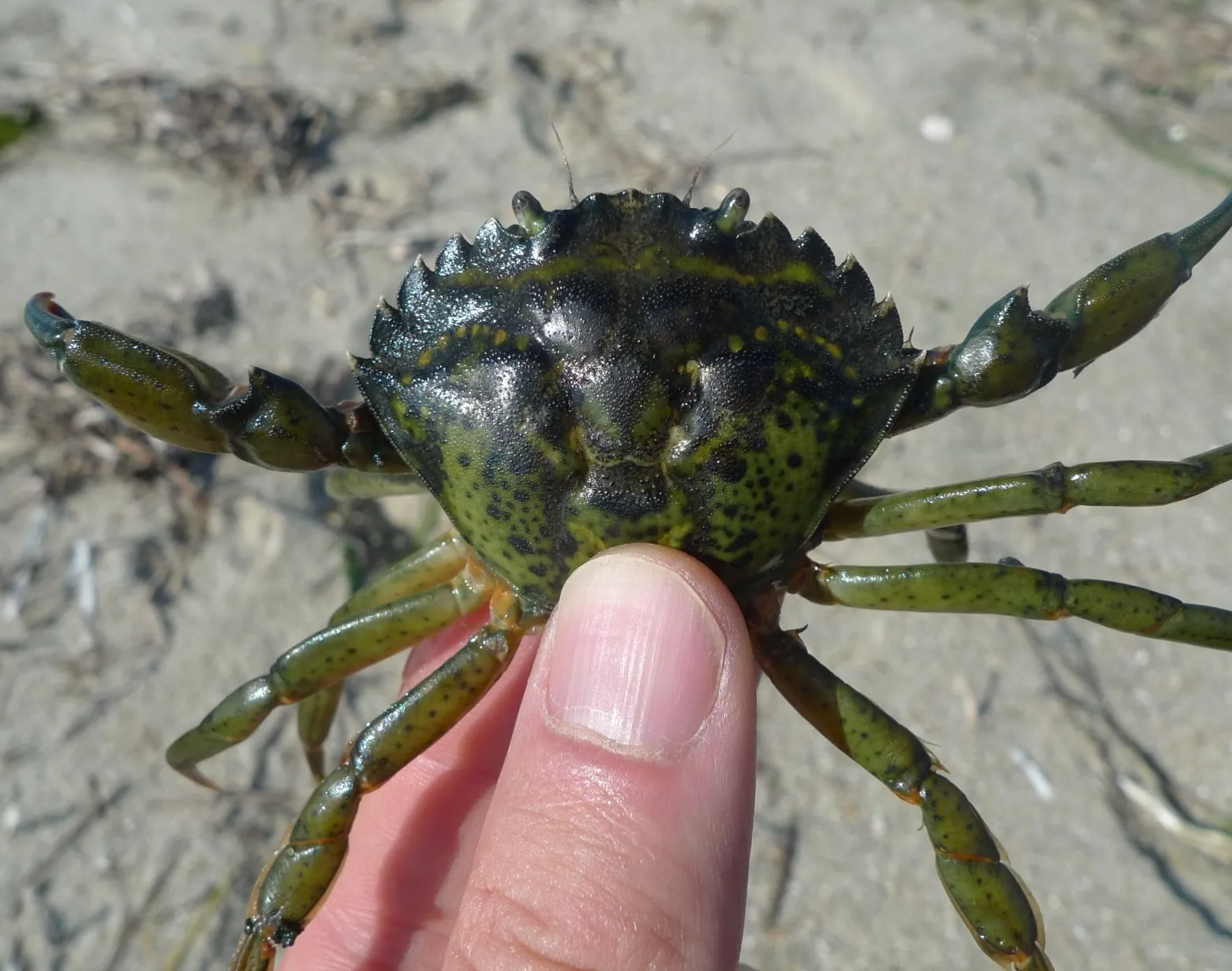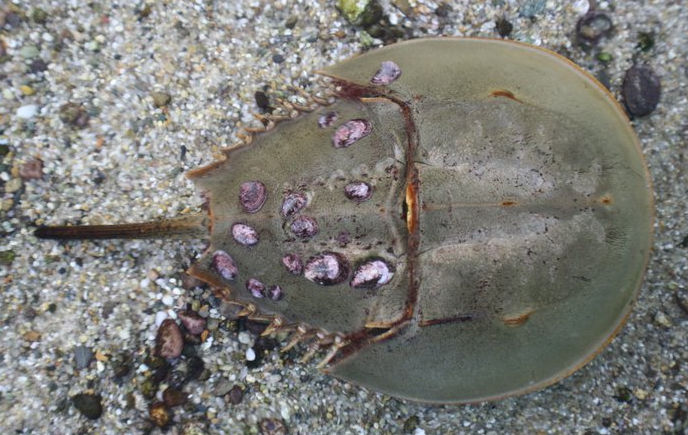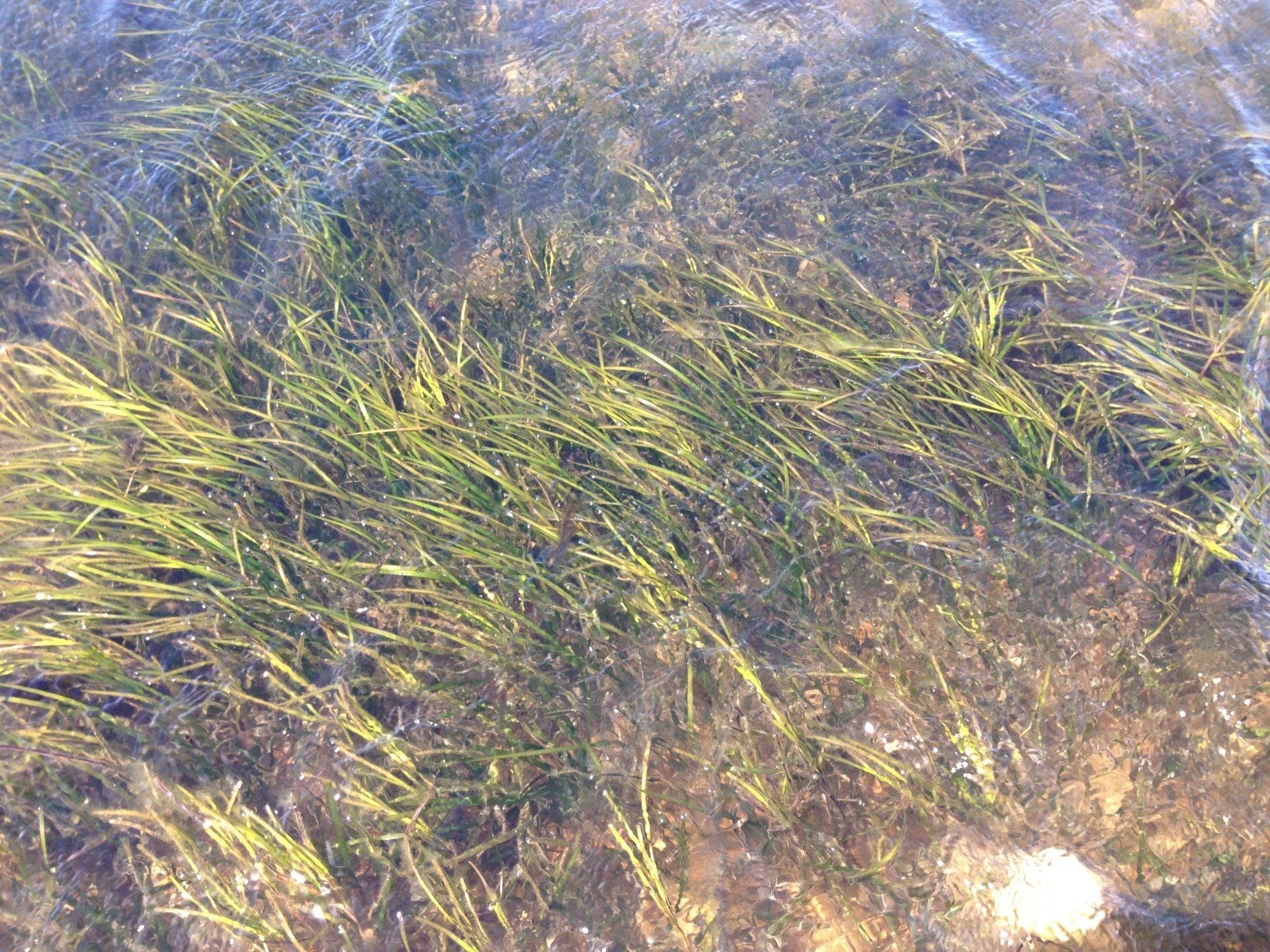RESEARCH
Marine Science
The marine environment of Nantucket is unique for a variety of reasons. Our distance from the terrestrial influences of mainland North America is largely responsible for our flourishing eelgrass meadows, while our proximity to the Gulf Stream increases the appearances of southern marine species, including baby tropical fish. The absence of natural rocky habitat further distinguishes Nantucket's marine community from that of mainland New England.
Nantucket is regionally responsible for helping rear animals for profitable fisheries including bay scallops, channeled whelk, red hake, striped bass, porgy, and more!
The Maria Mitchell Association has been conducting and collaborating on local marine research in topics including eelgrass biodiversity, invasive population dynamics and invertebrate reproductive physiology, and more.
Check our marine science pages to learn more about MMA research and see how you can get involved:
Contact
You can send MMA marine science inquiries to cnorman@mariamitchell.org.
Nantucket Bay Scallops
Bay Scallops, Argopecten irradians irradians (Lamarck 1819), add around two million dollars to the Nantucket economy each winter. The adductor muscle that opens and closes the two shells in the live animal is a delicacy and Nantucket is one of the last places where wild bay scallops are regularly harvested.
Since 2003, the Maria Mitchell Association (MMA) and Nantucket Shellfish Association (NSA) have collaborated on a long-term study of the Nantucket Bay Scallop to understand scallop longevity, reproduction and survival and habitat preferences of the bay scallop.
The scallop research program has been very important to our understanding of the timing of spawning of the wild scallop population in Nantucket Harbor.
The Green Crab
The European green crab (Carcinus maenas) is an invasive species that threatens Nantucket’s native species and eelgrass habitats. Their diverse diet, tolerance of a large range of ocean temperatures, and long larval period makes them excellent at conquering new environments. Green crabs are generally regarded as one of the top five most invasive species in the marine environment.
European green crabs were first introduced to North America in the 1800s, likely traveling in ballast water of merchant ships from Europe. This species has since drastically increased in number and spread to all of New England and as far north as Newfoundland, Canada. Subsequent introductions in South America, Asia, Africa, Australia, and the west coast of North America have caused concern globally.
Atlantic Horseshoe Crabs
Horseshoe crabs are at least 300 million years old as a species. During May and June males and females gather on sandy beaches along the U.S. east coast to mate and lay eggs. The number of horseshoe crabs appearing on these beaches is declining and this may have serious consequences on species that depend on the horseshoe crab life cycle (migrating birds are the biggest concern). Humans use horseshoe crab blood to produce a substance that detects bacterial contamination in medecines and surgical equipment.
Each year, volunteers head out at high tides around the full and new moons in April, May and June to count horseshoe crabs along the east coast. The MMA is responsible for Monomoy beach while the UMass Field Station surveys the field station beach and the Nantucket Conservation Foundation surveys Eel Point. All data is submitted to a regional office for processing. We are always looking for volunteers to help with the surveys!
If you have questions about horseshoe crabs on Nantucket, feel free to email our aquarium director at
cnorman@mariamitchell.org.
Eelgrass Biodiversity
The Aquarium’s Marine Ecology Field Trips are not just fun trips where the public learns about fish and crabs. Aquarium staff also collect valuable scientific data on these trips with the help of participants. Each trip, all species collected during two seine trips at one of of six locations are counted, measured and weighed. This project has been ongoing for 15 years now!
In 2013, we started collecting new data to give us a more detailed understanding of harbor biodiversity. We measured and weighed individual specimens of each species and focused on key species that may be important indicator species for ecosystem health.
Here are some results so far...
- We have a total count of 87,262 fish, crabs, snails, and shrimp in the database so far, representing 119 species.
- We catch an average of 14 species per trip.
- 2008 saw the highest number of species in a year at 66. Most years are around 50.
We encounter these species the most often (in order):
Black-fingered mud crabs
Northern pipefish
Atlantic silversides
Four-spine sticklebacks
Shore shrimp
Striped killifish
Sand shrimp
Green crabs
Grass shrimp
Lady crabs
Long-clawed hermit crabs
But we find these species in the highest numbers (in order):
Atlantic silverside
Black-fingered mud crab
Northern Pipefish
Four-spine stickleback
Spider crab
Striped killifish
Lady crab
Green crab
Sampling in Madaket Harbor shows a much higher total number of species over the last nine years than Nantucket Harbor.
We occasionally catch baby tropical fish that get lost in the Gulf Stream current. Some of these interesting fish species include a buffalo trunkfish, permit, four-eye butterflyfish, flying gurnard, French angelfish and more!





